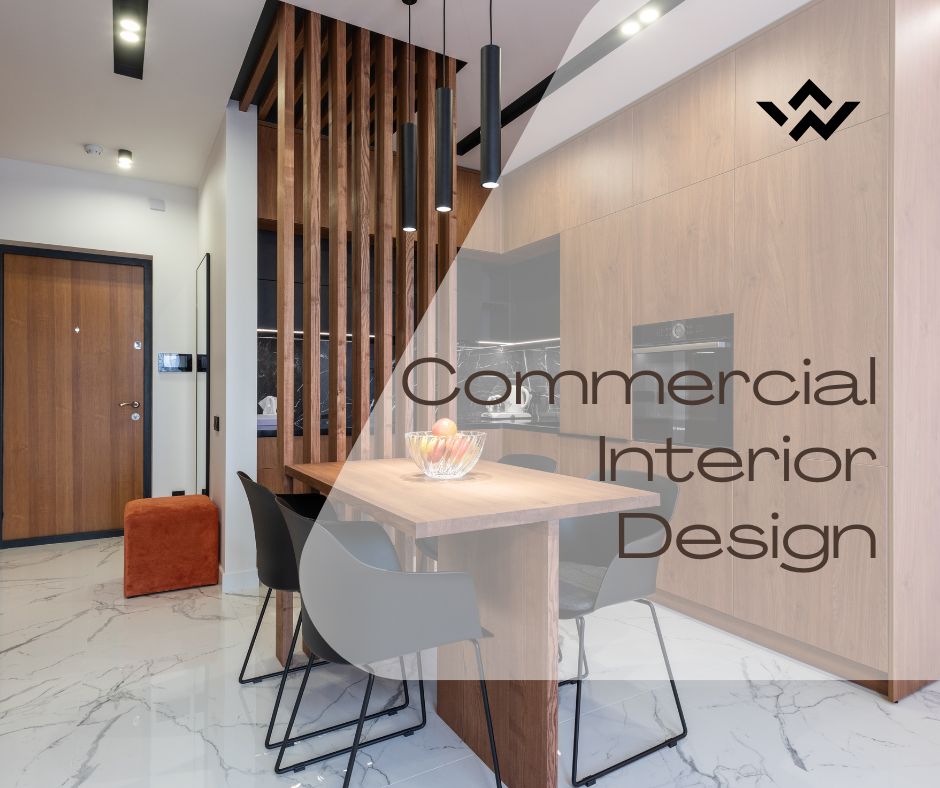
Commercial Interior Design: Elevating Spaces for Success
Commercial interior design is not just about arranging furniture; it’s a strategic endeavor that aims to create functional, aesthetically pleasing spaces that align with the brand and purpose of a business. In today’s competitive business environment, the importance of well-designed commercial spaces cannot be overstated.
Key Elements of Commercial Interior Design
- Space Planning: The backbone of any commercial interior design project, efficient space planning ensures optimal use of available space, promoting a seamless flow within the workspace.
Color Palette and Aesthetics: The choice of colors and overall aesthetics can significantly impact the mood and atmosphere of a commercial space. A well-curated palette enhances the visual appeal and reinforces brand identity.
Furniture and Layout: The selection and arrangement of furniture play a pivotal role in creating a conducive work environment. Ergonomic designs and thoughtful layouts contribute to employee comfort and productivity.
Lighting Design: Proper lighting is crucial for both functionality and ambiance. Strategic lighting design can transform a dull space into a vibrant and welcoming one.
Branding Integration: Aligning interior design with the brand’s ethos is essential for creating a cohesive and memorable experience for both employees and clients.
Benefits of Professional Commercial Interior Design
Improved Employee Productivity: A well-designed workspace positively influences employee morale and productivity, fostering a conducive environment for creativity and collaboration.
Enhanced Customer Experience: For businesses that interact with clients on-site, a thoughtfully designed space can leave a lasting impression, contributing to positive customer experiences and loyalty.
Positive Impact on Business Image: A visually appealing and well-organized commercial space reflects positively on the business, establishing credibility and trust among clients and partners.
Trends in Commercial Interior Design
Sustainable Design Practices: The shift towards eco-friendly designs is gaining momentum, with businesses embracing sustainable materials and energy-efficient solutions.
Technology Integration: The integration of smart technologies and digital elements into the workspace is becoming increasingly common, enhancing efficiency and connectivity.
Flexible Workspaces: The trend towards adaptable workspaces accommodates the evolving needs of businesses, promoting collaboration and flexibility.
Hiring a Commercial Interior Designer
Criteria for Selecting a Designer, When choosing a commercial interior designer, factors such as experience, portfolio, and understanding of the brand’s vision are crucial.
Collaboration Process Successful projects hinge on open communication and collaboration between the business owner and the designer. A transparent and collaborative approach ensures the final design aligns with the client’s expectations.
Case Studies
Successful Examples of Commercial Interior Design: Explore case studies of businesses that have reaped the benefits of effective commercial interior design, illustrating the transformative impact on their operations and brand image. Analyze the challenges faced and lessons learned in the process, offering valuable insights for businesses considering a redesign.
Challenges in Commercial Interior Design
Striking a balance between design aspirations and budget limitations is a common challenge. Creative solutions and prioritizing key elements can help overcome financial constraints. Commercial interior designers must adapt their strategies to suit the unique needs and aesthetics of diverse industries, presenting a constant challenge and opportunity for innovation.
Future Outlook
Keep an eye on the latest technologies shaping the future of commercial interior design, from virtual reality simulations to advanced materials .Evolving Design Trends Stay ahead of the curve by anticipating and incorporating upcoming design trends, ensuring your commercial space remains contemporary and appealing.
Conclusion
where first impressions matter, investing in commercial interior design is a strategic move. A well-designed space not only enhances functionality but also contributes to employee satisfaction and customer engagement. As businesses evolve, so too must their physical environments.
Get ready to embrace the future of commercial interior design, where creativity, sustainability, and technology converge to create spaces that inspire success.
FAQs
- How much does hiring a commercial interior designer cost?
- The cost varies based on factors such as project scope, designer experience, and location. It’s essential to discuss budget constraints upfront.
- Can commercial interior design improve employee morale?
- Yes, a thoughtfully designed workspace can positively impact employee morale, leading to increased productivity and job satisfaction.
- What role does branding play in commercial interior design?
- Branding integration is crucial for creating a cohesive and memorable experience, reinforcing the brand’s identity within the physical space.
- Are sustainable practices common in commercial interior design?
- Yes, there’s a growing trend towards sustainable design practices, with businesses opting for eco-friendly materials and energy-efficient solutions.
- How can businesses adapt their interiors to evolving industry trends?
- Regularly updating and incorporating flexible design elements allows businesses to adapt to evolving trends and maintain a contemporary image.



